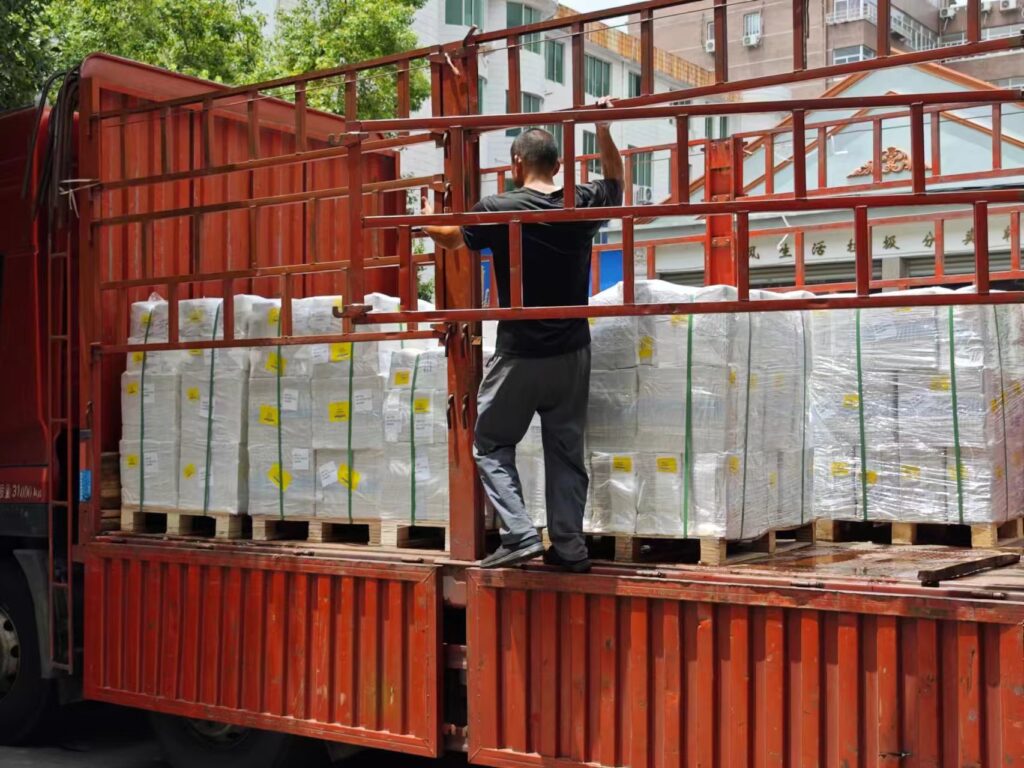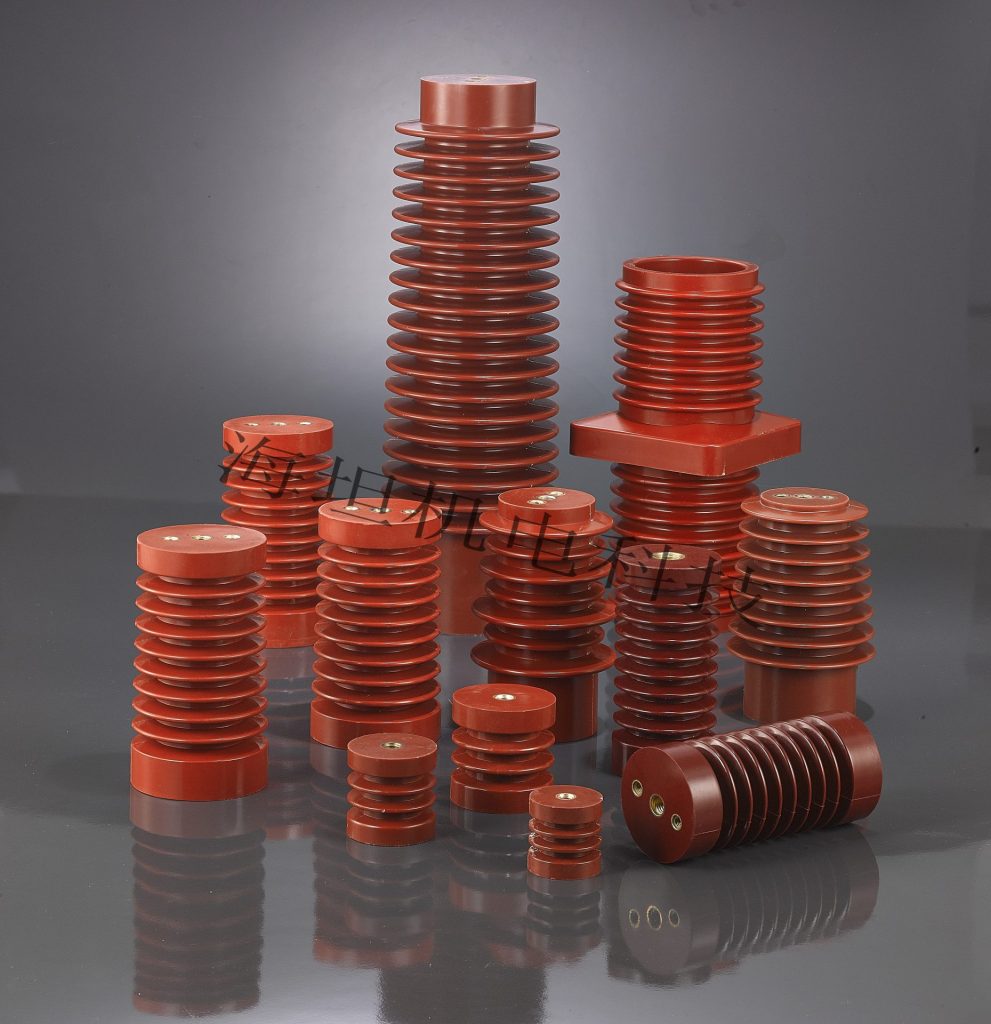Key Role of Insulators in Distribution Cabinets for Belt and Road
Background of the Belt and Road Initiative
What is the Belt and Road Initiative?
The Belt and Road Initiative (BRI), proposed by China in 2013, is a global development strategy aimed at enhancing regional connectivity and economic cooperation. It consists of the Silk Road Economic Belt and the 21st Century Maritime Silk Road, spanning over 60 countries across Asia, Europe, and Africa. The initiative focuses on infrastructure development, including transportation, energy, and telecommunications projects, to foster trade and investment along these routes.
Importance of Infrastructure Projects
Infrastructure projects are the backbone of the BRI, facilitating seamless trade and economic integration among participating countries. These projects include the construction of roads, railways, ports, and energy grids, which are crucial for improving connectivity and boosting economic growth. By developing modern and efficient infrastructure, the BRI aims to create new trade corridors and open up markets, thereby enhancing global economic stability and growth.
Role of Distribution Cabinets in Infrastructure Projects
Definition and Function of Distribution Cabinets
Distribution cabinets are very important in electrical systems. They centralize power distribution within a building, housing circuit breakers and protective devices to ensure safe electricity flow. These cabinets protect electrical connections from damage and simplify maintenance and troubleshooting. By managing electrical circuits, they prevent overloads and short circuits, enhancing overall system safety and reliability. Distribution cabinets are important for maintaining the efficiency and security of modern electrical infrastructures.
Application in Infrastructure Projects
In large infrastructure projects, distribution cabinets are important. They are used in various settings, including industrial facilities, commercial buildings, and public utilities. By ensuring the safe and efficient distribution of electrical power, distribution cabinets play an important role in the operation of infrastructure projects under the BRI.
Role of Insulators in Distribution Cabinets
Definition and Types of Insulators
Insulators are materials that prevent the flow of electric current, ensuring safety and efficiency in electrical systems. They are made from materials like epoxy resin, porcelain, glass, and polymers, each offering different properties suitable for various applications.
Types of Insulators:
Epoxy Resin Insulators
Porcelain Insulators
Glass Insulators
Polymer Insulators
Click To Learn More Insulators Products>>

Primary Functions of Insulators
The primary functions of insulators in distribution cabinets are to:
- Prevent electrical leakage and short circuits.
- Maintain the integrity and safety of the electrical system.
- Support and separate electrical conductors without allowing current to pass through.
Case Studies
Case 1: Haitan Electromechanical Supporting the Belt and Road Initiative
Haitan Electromechanical recently provided a batch of insulators to Saudi Arabia, confirming its commitment to the Belt and Road Initiative. These insulators are utilized in distribution cabinets for a variety of infrastructure projects to provide safe and reliable power distribution. This case demonstrates the need of high-quality insulators for the success of Belt and Road projects, as well as the role that companies like Haitan Electromechanical play in satisfying these requirements.
Case 2: Southeast Asia Distribution
Another example is a major infrastructure project in Southeast Asia that used advanced distribution cabinets with high-performance insulators. These distribution cabinets are important in managing power distribution for huge industrial complexes, demonstrating the necessity of insulators in keeping power systems reliable in Belt and Road projects.
Future Outlook
Technological Trends
The future of insulators in distribution cabinets is likely to see advancements in materials and designs. Innovations such as nanotechnology and smart materials are expected to enhance the performance and reliability of insulators. Additionally, the integration of IoT (Internet of Things) in distribution cabinets could lead to more intelligent and responsive electrical systems.
Challenges and Opportunities
While there are significant opportunities in the development of new insulator technologies, challenges remain. These include the need for continuous research and development, addressing environmental concerns, and ensuring cost-effectiveness. However, the growing demand for reliable electrical infrastructure in developing regions provides a substantial market opportunity for advanced insulator solutions.
Conclusion
The Belt and Road Initiative is driving considerable infrastructure development around the world, with distribution cabinets playing an important role in maintaining dependable and safe electricity distribution. Insulators are critical components of these cabinets, providing necessary protection and insulation. Haitan Electromechanical’s recent shipment of insulators to Saudi Arabia demonstrates the company’s support for the BRI and emphasizes the necessity of high-quality insulators in the success of such projects. As technology breakthroughs shape the future of insulators, resolving issues and capitalizing on opportunities will be critical to the continued expansion and development of BRI infrastructure projects.
--- END ---
© Copyright 2024 China Haitan Electromechanical Technology Co., Ltd. All rights reserved.SUPPORT BY:JUNJ Privacy Policy

 E-mail:
E-mail:  No. 20 Lingyun Road, Dongfeng
No. 20 Lingyun Road, Dongfeng 
